Insights
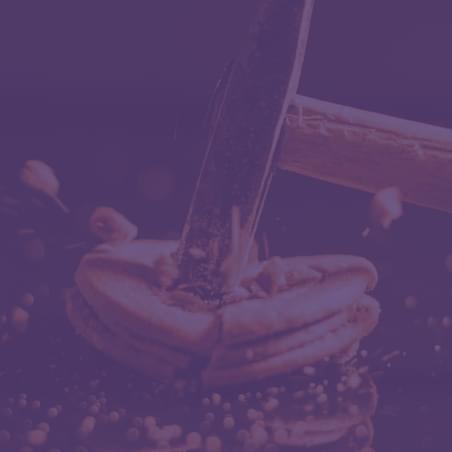
28 Nov, 2025
Five Products: Showing How Sound Shapes Modern Consumer Experience
Read More
Andy Wardlaw
25 Aug, 2020 | 2 minute read
In these extraordinary times, consumer packaged goods have become a sanctuary. Higher margin ‘premium’ products have surged as shoppers seek to off-set the gloom. But as recession bites, could premium lines find themselves on shaky ground?
The 2008 financial crash caused many consumers to reject different pricing tiers used to segment everyday grocery categories. McKinsey reported that of the people who had switched to cheaper products, nearly half said they performed better than expected, and most of these consumers said the performance of such products was much better than expected. As a result, many shoppers had concluded that the more expensive variant 'was not worth the money.'
What followed was a strong uptake in value sectors as people vacated the mainstream middle. But something else happened. Premium sectors expanded and people traded up - in vast numbers.
By 2018, KANTAR was reporting that premiumization was a key driver of incrementality -with 72% of premium launches adding value to the category - not just the manufacturer’s portfolio - compared to just 42% of non-premium launches.
Brand owners' efforts to protect margins had paid off. Premium innovation has been a recent success story...
But with tough economics ahead, it’s time to check if premium lines are robust enough to withstand a new wave of consumer interrogation.
Let's take a look at the beer category by way of an example. Supermarket sales have been buoyant – partly in response to restrictions applied to drinking out of home.
Before the current pandemic took hold, here's how the category was performing in the U.K, which is not dissimilar to the U.S:
Standard Lagers (e.g. Fosters) +3.4%
Mainstream Premium (e.g. Stella) +8.1%
World Beers (e.g. Corona) +14.9%
Craft Beers (e.g. Brewdog) +39.3%
Source: MARSTON’S Off Trade Beer Report, 2019
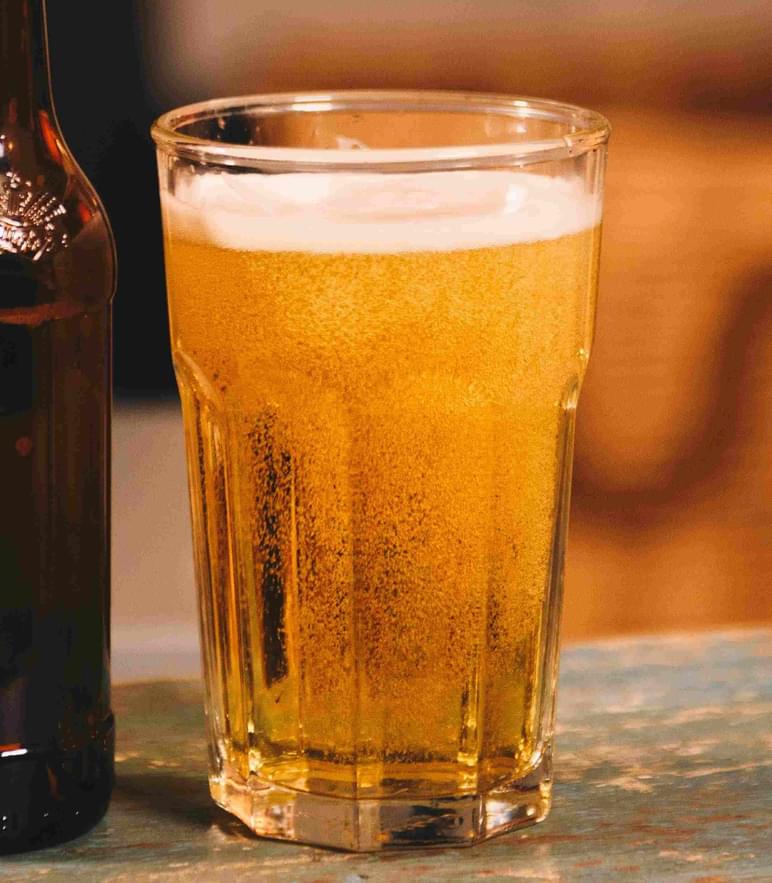
In theory, premium beer is well placed to weather the impending storm, because it sits in a category delivering decent levels of emotional reward and the product is relatively complex - making it easier to sustain different pricing tiers vs. simpler categories like bottled water. It has also benefited from a wave of younger drinkers’ intent on drinking less but better.
But there are danger signs, and these will necessitate a shoring up of the premium offer.
That's because Mainstream Premium brands like Stella, Budweiser and Heineken are likely to encounter a more astute post-pandemic consumer, who - just like in 2008 - is going to question if such fare is sufficiently better than cheaper alternatives. I also believe the situation will be compounded by a further wave of people deciding to drink less but better, opting for even more discerning products as health becomes a much more important factor.
So, against these economic and societal impacts, premium beer brands must look to renovate across all touch points, increasing their distance from cheaper alternatives:
Premium beer needs to hammer home its position as affordable pleasure in a world of depleting alternatives. The objective should be to make people feel less inclined to trade off such moments.
Particular attention should be given to ‘meaningfully distinctive’ detail with the power to amplify heritage and quality. Recent upgrades to Peroni Nastro Azzurro’s pack identity (guided by our very own sensory qualitative research unit) proved beyond doubt that the little things (like embossing) matter.
Aim for a more holistic execution, where the brand story is tangibly felt through the experience of the pack and the product.
In the new world order, standing still is a risky strategy for mainstream premium – in beer or any FMCG category. With people under pressure to save money, it’s important that brands renovate to justify any willingness on the consumer’s part to pay a bit extra.
So many aspects of our world are witnessing accelerated trajectories right now, and one of these could be the demise of premium products that fail to fully justify the price tag. If consumers cannot easily articulate why a premium product is worth paying more for, then that premium will quickly erode, and it all comes back to price.
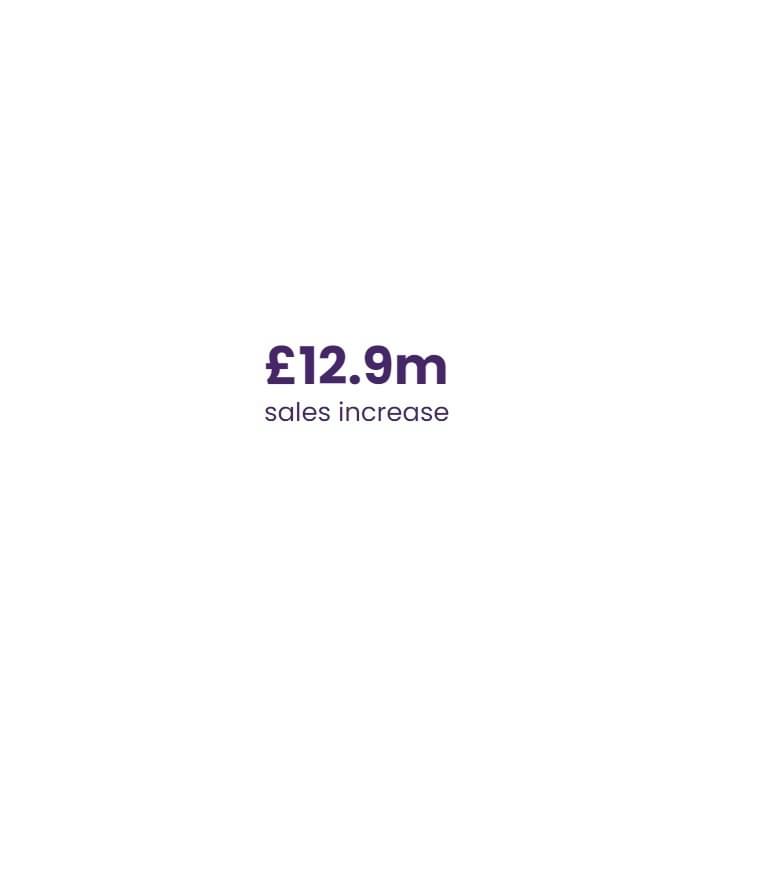
Insights

28 Nov, 2025
Five Products: Showing How Sound Shapes Modern Consumer Experience
Read MoreNews
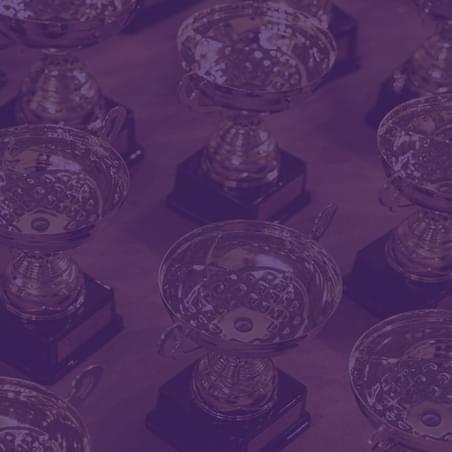
25 Nov, 2025
'If Your Product Updates Don’t Match the Frequency of Smartphone Upgrades, You'd Better Rethink Your Strategy.”
Read MoreNews
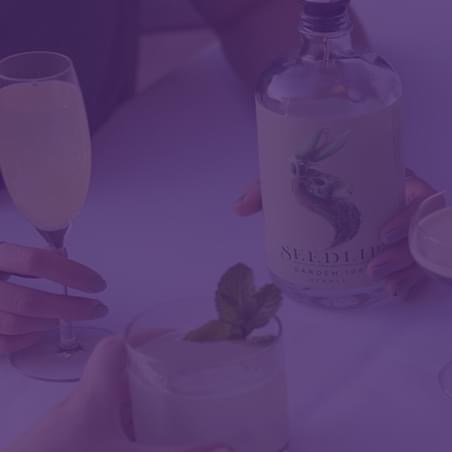
22 Oct, 2025
NEWS RELEASE: Non-Alcoholic Beverage Inventor, Ben Branson Calls for More Originality
Read MoreIf you'd like to understand a bit more about us or find out how we can help solve your challenges, check out our team's availability and book in a call at a time that suits you.
If you'd prefer to chat over email, fill out your details below and we'll get back to you as soon as we can.